
Planting, Growing, and Caring for Bachelor's Buttons
Read Next
Types
- ‘Classic Romantic’ is a medium-sized plant with semidouble and double bicolor blossoms of pink and white.
- ‘Florist Blue Boy’ is the classic cornflower blue. Grows to about 30 inches tall.
- ‘Black Button’ sports a deep purple that is almost black–a unique color for your garden.
- ‘Classic Magic’ is a mix of lavender, white and purple flowers that makes an excellent spring display by itself.
Gardening Products
More Like This
Hi Joan,
Bachelor's buttons are such beautiful flowers and we would recommend deadheading (removing the blooms) as often as needed to encourage more blooms to appear. Instead of removing your plant once it has reached full bloom, consider cutting it back by a third. It may lead to another bloom of flowers later in the summer or in early fall. Deadheading will remove the seeds, but if you want your bachelor's buttons to return the following year in the same place, leave a few blooms until they wilt and the seed head develops. The seeds will fall to the soil and hopefully return the following year!
As to what you should plant around it, it really comes down to color preference, location, and growing conditions. There are so many beautiful annuals that you can plant that will bloom later in the summer and into the fall. Below are a couple links for you to peruse that might give you some ideas. Happy growing!
https://www.almanac.com/gardening/growing-guides#Flower
https://www.almanac.com/why-you-should-plant-annual-flowers
https://www.almanac.com/best-fall-flowers-your-garden

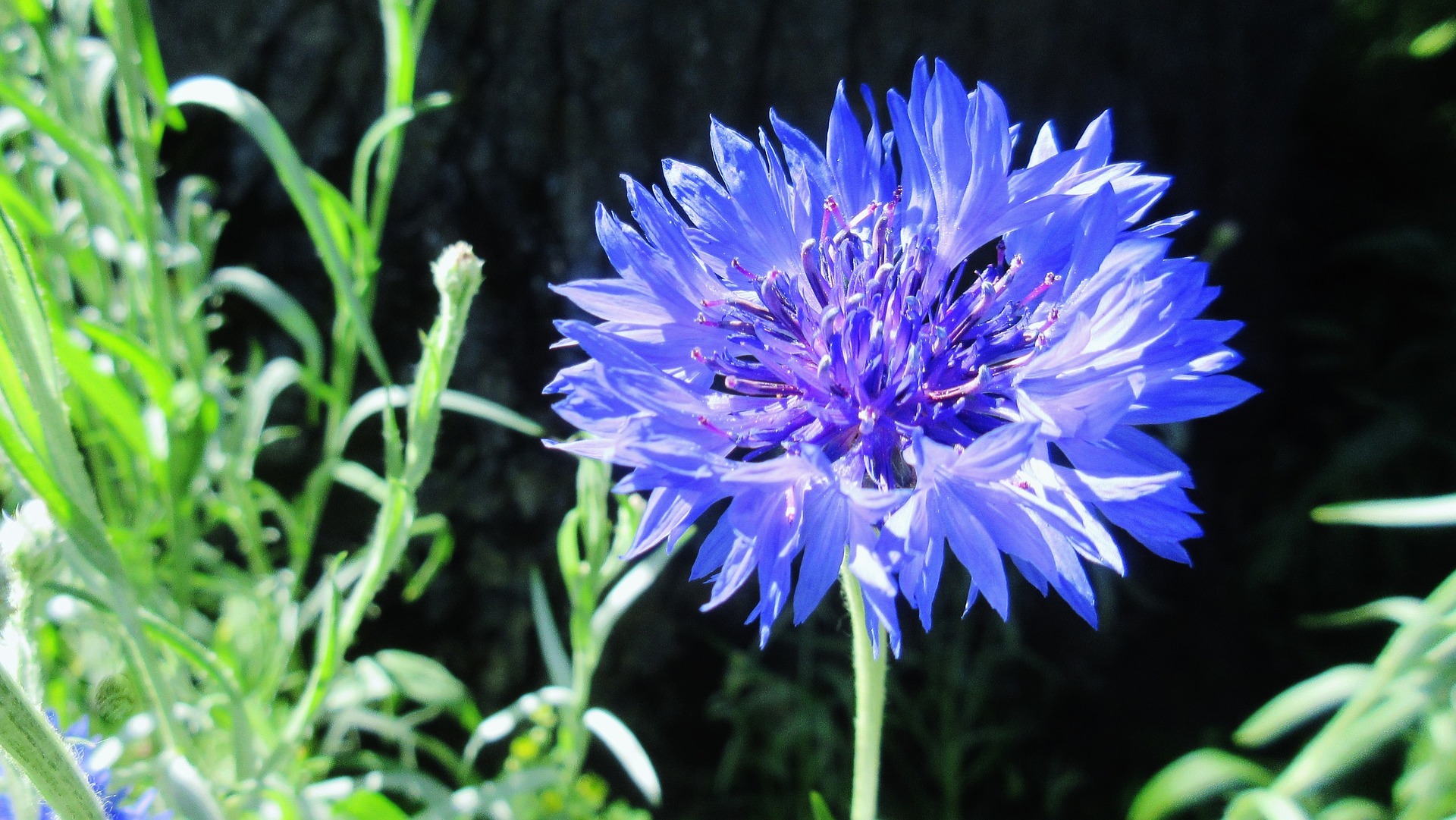
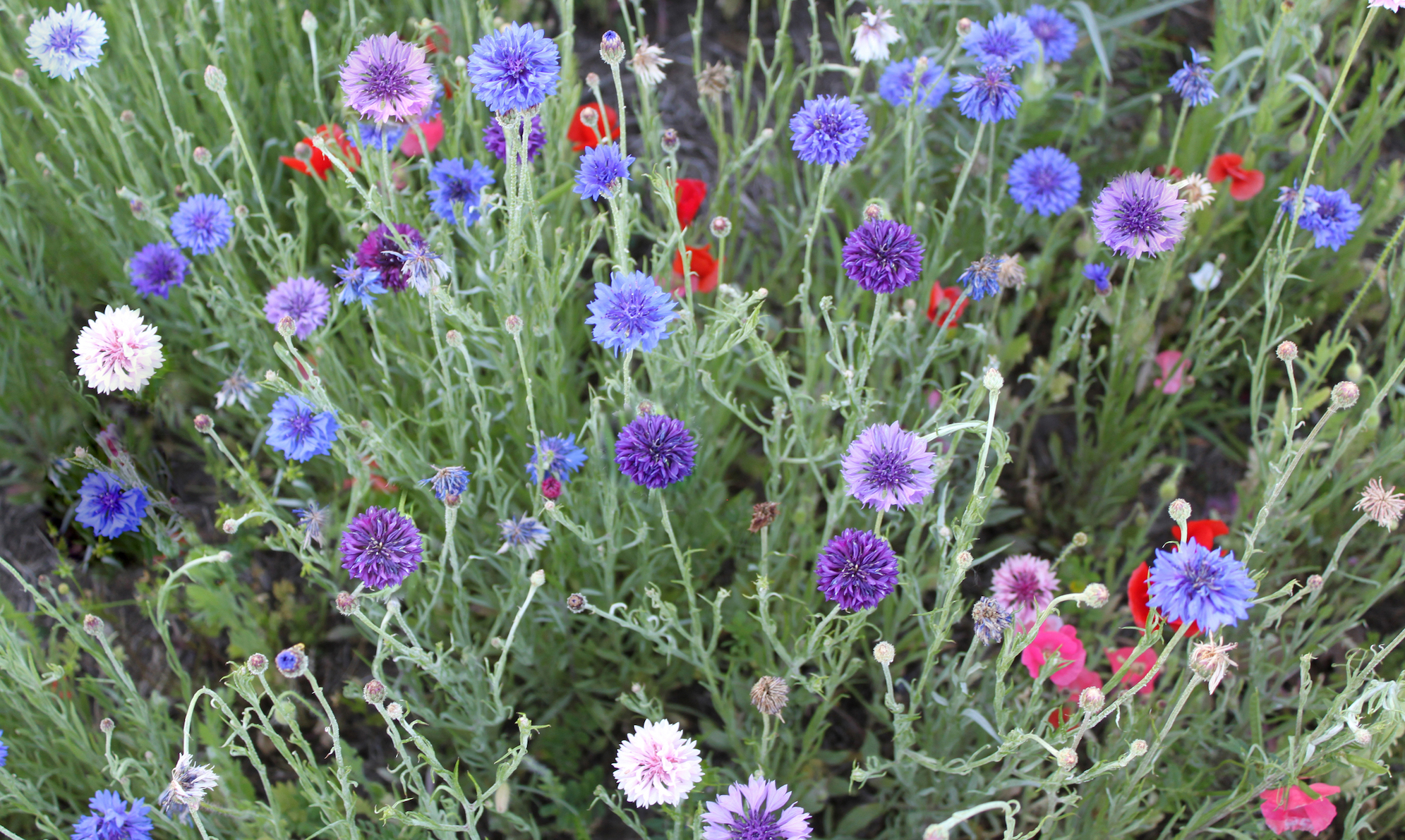
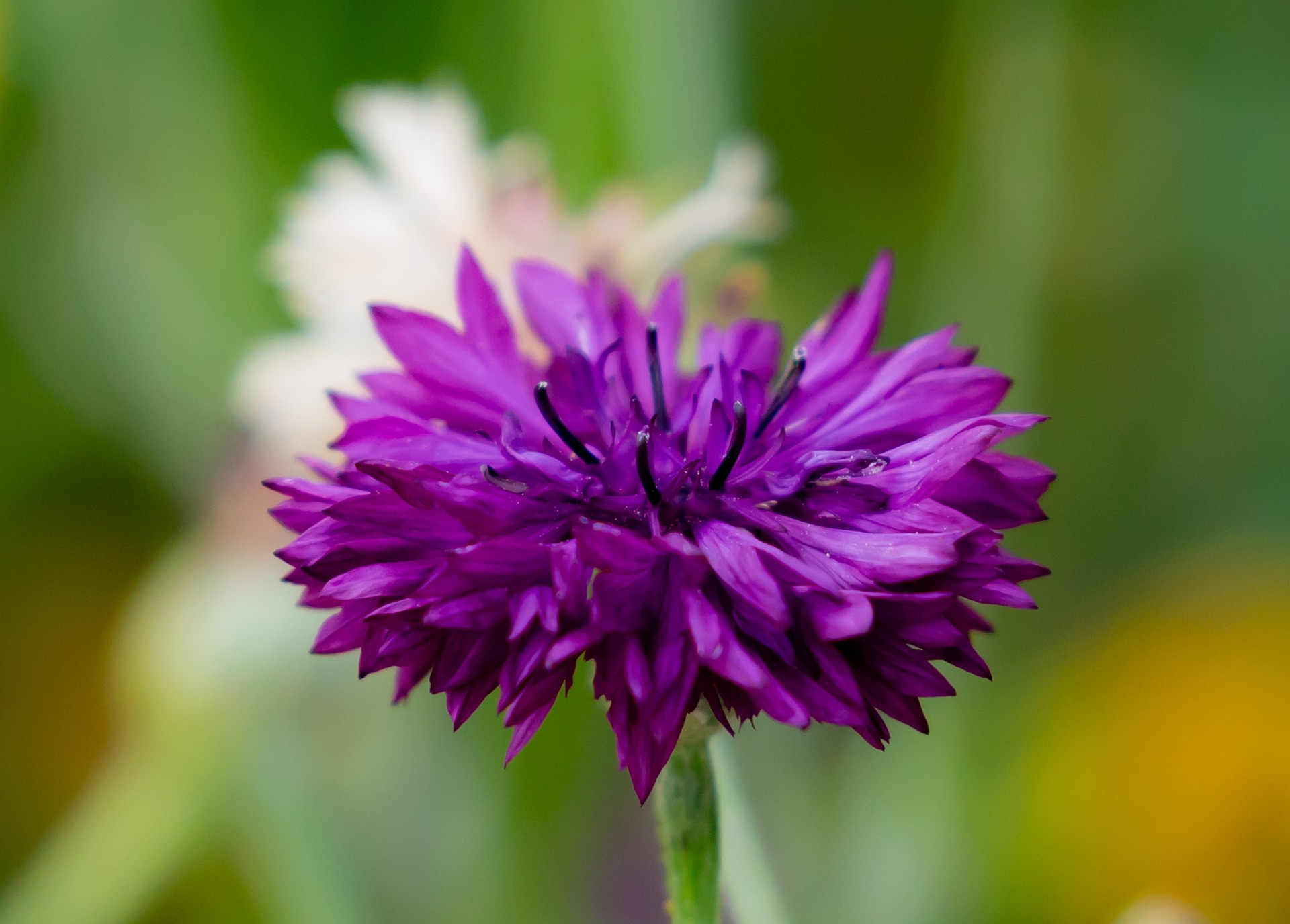

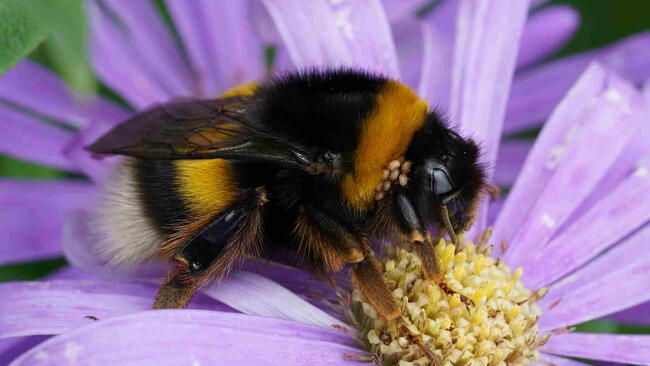



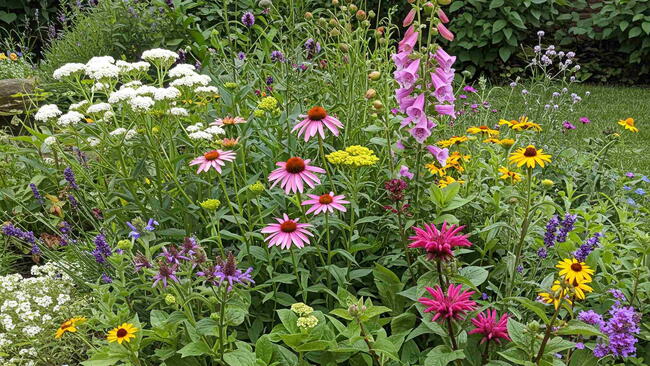



Comments